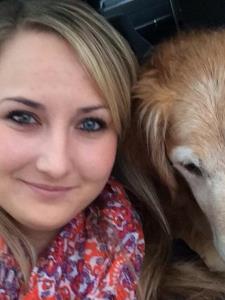
Mary B. answered • 03/25/15
Tutor
4.9
(53)
Young, intelligent and fun Math tutor
To solve this problem, we will need to figure out what percentage of students plan to major in science. So, lets consider the fact that we are given 2 different kinds of students:
-
Students who take calculus in high school
- Students who do not take calculus in high school
Now lets organize what all we know:
- Students who take calculus in high school: 30% (or .3)
- of these, 65% (or .65) plan to major in science
- of these, 100%-65%=35% don't plan to major in science, by default
- Students who do not take calculus in high school: 70% (or .7)
- of these, 40% (or .4) plan to major in science
- of these, 100%-40%=60% (or .6) don't plan to major in science, by default
So we have 4 unique types of students, to figure out the probability of each type, we will multiply the probability of their parts:
- Students who take calculus in high school AND plan to major in science: .3*.65=.195 (19.5%)
- Students who take calculus in high school AND don't plant to major in science: .3*.35=.105 (10.5%)
- Students who don't take calculus in high school AND plan to major in science: .7*.4=.28 (28%)
- Students who don't take calculus in high school AND don't plant to major in science: .7*.6=.42 (42%)
Now lets add all of these to be sure we have captured 100% of the population:
19.5%+10.5%+28%+42% = 100% (good)
We want to know how many students plan to major in science, so we want groups 1 and 3, 19.5%+28%=47.5%
This means that the probability that a student selected at random plans to major in science is 47.5%.




